Over time, showerheads and shower mounts can accumulate mineral deposits, rust or sediment, which can make removing the showerhead hard. Still, a few simple steps for how to remove a showerhead can help you to get the job done quickly and efficiently.
Most showerheads can be removed by twisting them counterclockwise until the showerhead is loose. But over time, showerheads and shower mounts can accumulate mineral deposits, rust, or sediment, which get trapped and harden inside the threads.
If you are unable to remove the showerhead by hand, you can use pliers or an adjustable wrench with the help of a piece of cloth. Cover the tool that you’re going to use with the cloth to protect fitting and place it on the connecting nut. Tighten it as needed to grip the connection. To unscrew and remove the old showerhead, turn it counterclockwise.
NOTE: some showerheads use plastic connections. If this is the case, be very gentle when using tools, as you may scratch or damage the plastic.
TIP: if you are using a metal wrench to remove the shower head, pull on the wrench to unscrew the shower head, if the connection doesn't move, have someone gently tap the wrench with a metal hammer (while you are pulling the wrench). The vibrations will travel down the wrench into the connection and can help dislodge the sediment build-up.
If you are unable to use tools, you can try soaking the showerhead in vinegar. To do so, take a plastic bag, fill it in with white vinegar. Fasten it over the shower head, making sure the connection is covered in vinegar. Wait for several hours or overnight, depending on the amount of accumulated minerals, then remove the plastic bag and do the process above.
